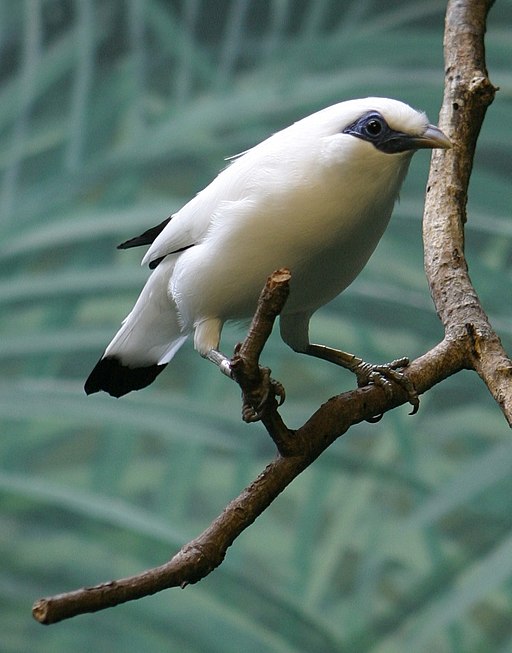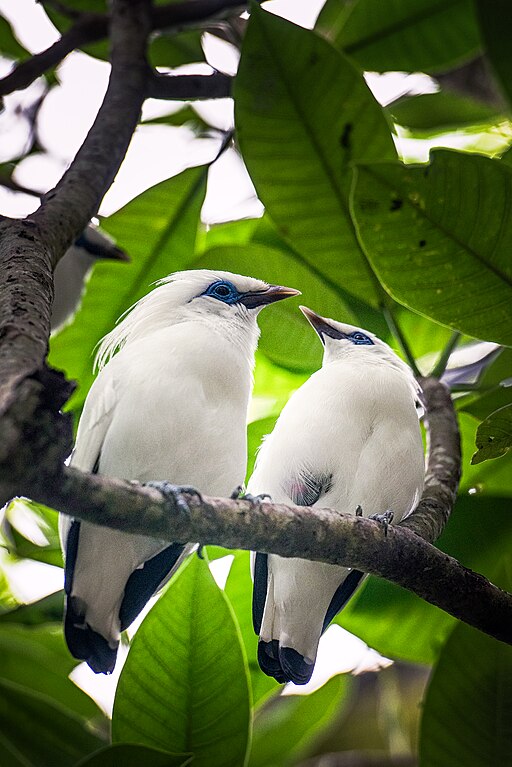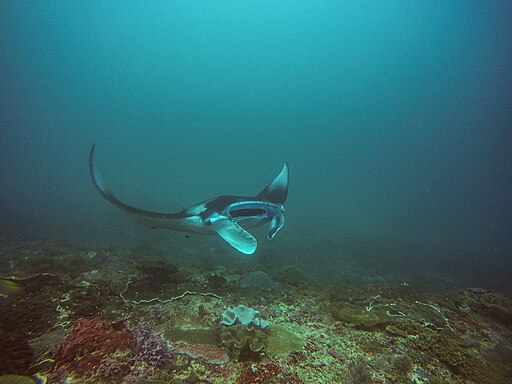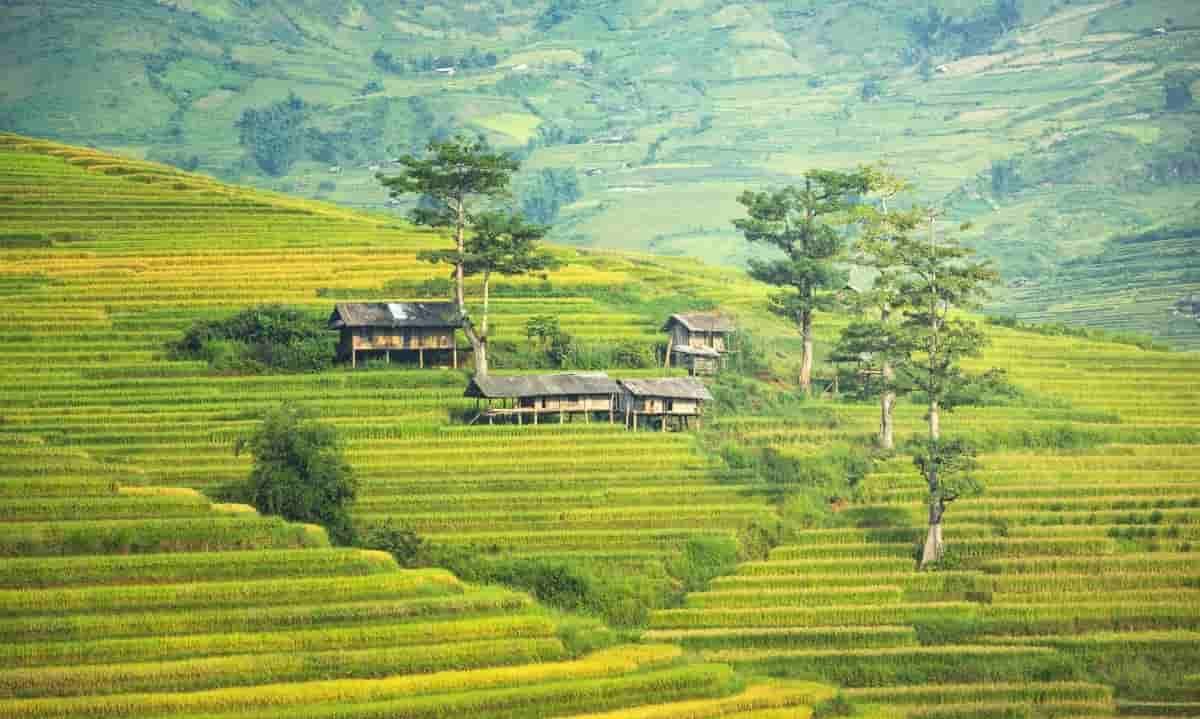Bali Local Ecosystems
Popular with surfers, divers and yoga enthusiasts, known for its magnificent rice terraces, its ubiquitous Hindu culture, its white and black sand beaches, the island of Bali is one the most touristic islands in Indonesia. But Bali local ecosystems are now a victim of its own success.
Since the 1970s, tourism activity has grown faster than the Indonesian government expected, especially in the south of the island. With the added bonus of global warming, Bali is suffering from this situation.
Waste treatment
Waste treatment is a first pet peeve (problem). Previously the Balinese used palm leaf packaging that they could throw anywhere because it was biodegradable. Today, with nearly 10 million plastic bags distributed in Bali every day, it is no longer possible to maintain these habits. The boom in the tourism industry adds to this problem. Today, more than half of the 10,000 cubic meters of waste produced in Bali is simply dumped along roads and rivers, at the bottom of a ravine or in an illegal dump. The lack of infrastructure dedicated to waste management leads to soil, water and air pollution dangerous to health.
Water resources and the marine ecosystem
Water resources and the marine ecosystem are also in danger. Global warming has shortened the rainy season, intensified rainfall, prolonged droughts, and also warmed the oceans slowly killing marine reefs. The sharp increase in demand for water to water the 4 million Balinese, and almost as many tourists, is drying up the clean resources of the North and Center of the island. Tensions between hotel owners and peasants begin to emerge.
Long-term work
Long-term work must be carried out to make the Balinese, but also tourists, aware of respect for the environment of Bali. Fortunately, a strong community of locals and expatriates are implementing solutions to deal with the urgency of the situation. The Green School Village goes in this direction with its construction of a place quite out of the ordinary, ecological, close to nature and made 100% in bamboo!
FAUNA AND FLORA OF BALI | Bali Local Ecosystems
One of the particular characteristics of the Balinese fauna and flora lies in their diversities. Climate, geography of Bali, characteristic of the landscapes, always it is that one can admire in Bali marvelous animal and vegetable species. With its beautiful natural parks, Bali is a paradise where many animals such as monkeys can move freely!
THE FLORA OF BALI
The flora of Bali is characterized by its great diversity with in particular very many species of tropical plants. It is in the natural park of Bali Barat that one will be able to observe the greatest quantity of different species.
Trees
Among the varieties of trees, the most representative of Bali are the mangroves of the South, but also the coconut palms made up of a dozen different species or the spectacular bamboos. Considered a sacred tree, the Banyan is one of the most imposing trees in Bali. It is adorned by the Balinese with a checkered fabric as a sign of veneration and religious contemplation.
Many species of trees have a utility, sometimes even an economic purpose. Bamboo, for example, with its robustness and its imposing diameter, is used in decoration, furniture or for the production of musical instruments. Lontars (borasse palms) are transformed into paper.
Plants and flowers
In Bali, the floral scents are very subtle and mix according to the plants and flowers that can be seen. Magnolias, hibiscus, jasmine, bougainvillea, so many varieties of delicately scented flowers that perfume the nostrils. One also finds in many gardens, such as those of the temples, sumptuous flowers such as orchids, lotuses or even frangipani.
Flowers are very present in the decoration especially in that of temples, in that of statues or in that of all other monuments. They are also used as offerings during religious ceremonies.
WILDLIFE IN BALI
Bali, though primarily known for its stunning beaches and vibrant culture, also boasts a diverse range of wildlife. The island’s unique ecosystem is home to various species, both on land and in the surrounding waters.
Wildlife in Bali can be both terrestrial and aquatic. At the bends of the hiking trails you can discover macaques, buffaloes or even black pigs. The marine species, for their part, are most spectacular!
Macaques
Important animal and very present in the Hindu religion, monkeys and more particularly long-tailed macaques are very numerous in Bali. Moreover, it is in the monkey forest of Ubud that their concentration is the most important. They evolve freely in the middle of trees and temples. They also populate the temple of Pura Pulaki in large numbers.

Long tailed Macaques or crab-eating macaque (Macaca fascicularis), in the temple of Pura Pulaki (Bali island, Indonesia). The presence of long-tailed macaques at Pura Pulaki holds cultural and ecological significance. According to local beliefs, these monkeys are considered sacred and are regarded as the protectors of the temple grounds. They are even considered a part of the temple’s spiritual community. Jakub Hałun, CC BY-SA 4.0, via Wikimedia Commons
Other animals
The natural parks of Bali, such as that of Bali Barat is a place of reception for species of animals said to be more “domestic”. Thus, you will be able to see buffaloes, reptiles, black pigs and roosters. The island of Bali also has about 300 different species of birds.
Bali Myna / Starling / Jalak Bali
This striking white bird also known as the Bali Mynah, this bird is critically endangered and native to Bali. is endemic to Bali and is one of the most critically endangered birds in the world.

Bali Myna (Leucopsar rothschildi) is found only in Bali and is critically endangered. User:Cburnett, CC BY-SA 3.0, via Wikimedia Commons

The Bali Starling (in Indonesian: Jalak Bali) or Leucopsar rothschildi is a medium-sized chirping bird. For the Bali starlings and the explanation is that the body length is approximately 25cm (9.85), from the Sturnidae tribe. Rolandandika, CC BY-SA 4.0, via Wikimedia Commons
Marine species
Bali’s seabed is of great purity, which, in addition to coral, constitutes a rich ecosystem for many marine species. The island of Menjagan is the refuge of turtles which have now become a protected species. Manta rays for their part, evolve in the waters of Nusa Penida. The waters are also populated by Mola Mola, moon fish or by fish with spectacular looks such as toad fish, leaf fish or even mandarin fish (dragonets).
Read also: Bali Weather | When to go to Bali? Monthly Bali Tropical Climate
If Bali is a heavenly destination for travelers who come to discover it, it is also so for its extremely rich fauna and flora. Evolving in a privileged setting and environment, its species live freely and are even for the most part protected species. Diving enthusiasts will be able to discover beautiful fish with very special looks!
Coral Reefs
Bali’s underwater world is just as magical as its land. Coral reefs are bustling cities of the sea, where countless fish, sea anemones, and other marine life find shelter. It’s like a bustling underwater metropolis!
Siganus puelloides, Coral Rabbitfish in Tulamben, Bali. Bali boasts some of the world’s most biodiverse coral reefs, teeming with colorful marine life. Andrepiazza, CC BY-SA 3.0, via Wikimedia Commons
Manta Rays
The waters around Bali are known for their Manta Ray populations, particularly in places like Nusa Penida.

Manta Ray shot during a dive session at manta bay (Nusa Penida). Rilando June Lamadjido, CC BY-SA 4.0, via Wikimedia Commons
Exploring Bali’s Natural World: Local Ecosystems
Bali is a beautiful island in Indonesia with a variety of plants, animals, and habitats that make up its unique ecosystems. Let’s explore some of these special places and the creatures that live there.
Beaches and Coastlines
Bali has a long coastline with many different marine creatures. You can find colorful fish, coral reefs, and even sea turtles here. These ecosystems are very important for the balance of life in the ocean.
Rice Paddies
The lush green rice paddies of Bali are a beautiful sight. They provide food for the local people and a home for many birds, insects, and small mammals. You might see frogs and dragonflies in these fields.
Rainforests
Bali’s rainforests are full of life. Tall trees, vines, and thick plants cover the ground. Monkeys swing from the branches, and birds sing in the trees. These forests are very important for the island’s biodiversity.
Coral Reefs
Bali’s underwater world is just as magical as its land world. Coral reefs are like underwater cities where many fish, sea anemones, and other marine life live. They are like bustling underwater cities!
Temples and Gardens
Throughout Bali, you will find temples and traditional gardens. These areas often have ponds with koi fish, and the plants around them are carefully chosen for their meaning. They create small, peaceful ecosystems right within human settlements.
Best Temples in Bali | You need to visit one of them at least once during your stay in Bali
Wetlands and Swamps
Wetlands may not seem glamorous, but they are very important. They act like sponges for nature, soaking up water during the rainy season and slowly releasing it to prevent flooding. Many unique plants and animals, such as frogs and water birds, thrive in these areas.
Volcanic Highlands
Bali has tall volcanoes that shape its landscape. The highlands around these volcanoes have cooler temperatures and unique plants and animals that have adapted to this environment. It is a different world compared to the warm beaches!
Conclusion
Bali’s ecosystems are like a large, complex puzzle, with each piece playing an important role. From the sunny beaches to the misty highlands, every part of this island has its own special creatures and plants. It is our job to appreciate and protect these unique environments so that they can continue to thrive for generations to come.
Sources: CleverlySmart, PinterPandai, Green School Bali
Photo credit: Pxhere (CC0 Public Domain)
Things you should never do in Bali : Essential Travel Tips for a Respectful and Enjoyable Experience
Have you booked your villa in Seminyak center?
Located in Seminyak Center – Bali, Villa Carissa offers a private swimming pool and enclosed garden to guarantee your privacy. You can book your private pool villa here with us.
Whether you’re traveling as a couple, with friends, or with family, Villa Carissa’s three-bedroom villas offer comfortable and luxurious accommodations in the heart of Seminyak center. With modern amenities and beautiful Balinese design, the bedrooms at Villa Carissa are the perfect place to relax and unwind during your stay in Bali.


